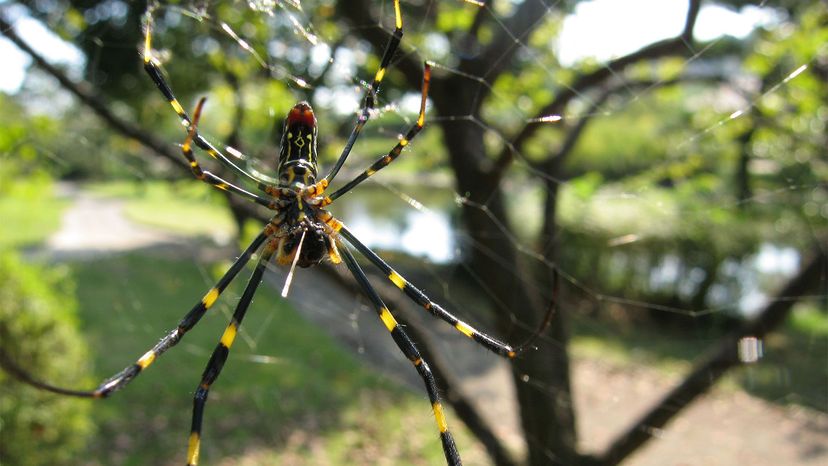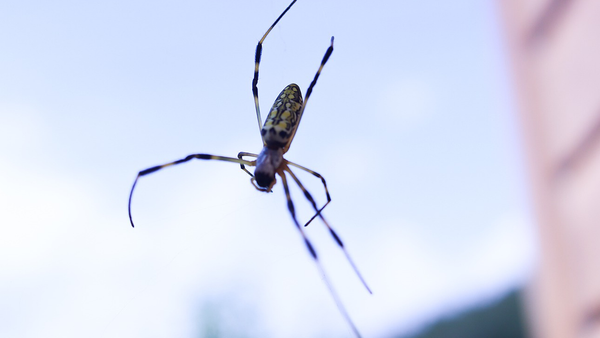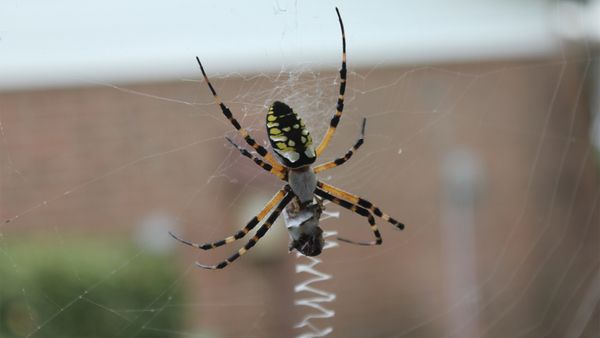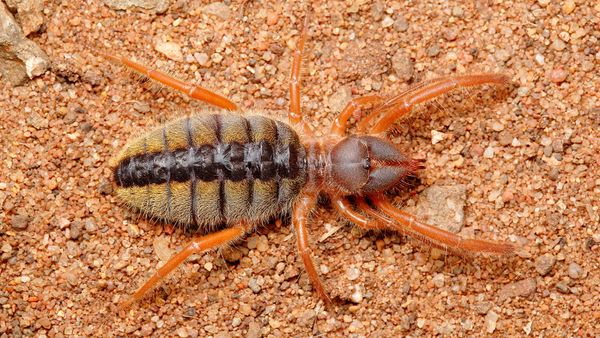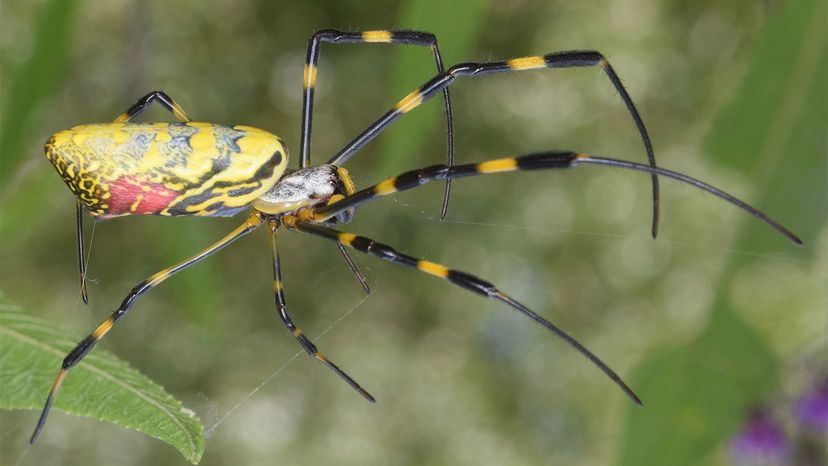
An invasive species of spider is making itself comfortable in parts of the southern and eastern U.S. But don't let the Joro spider give you the creepy crawlies just yet. Between its golden webs and its silk-swinging tactic to track down a mate, this arachnid is a fascinating and, as far as we know, harmless (unless you're a stink bug) addition to the ecosystem.
And we may as well get used to the bright yellow Joro spider because it looks like they are planning on taking up permanent residence. Research from the University of Georgia suggests the invasive arachnids can exist in colder climates than previously thought and, therefore, could spread through most of the Eastern Seaboard of the U.S.
Advertisement
“The way I see it, there’s no point in excess cruelty where it’s not needed,” said Benjamin Frick, co-author of the study and an undergraduate researcher in the school of ecology, in a press release. “You have people with saltwater guns shooting them out of the trees and things like that, and that’s really just unnecessary.”
